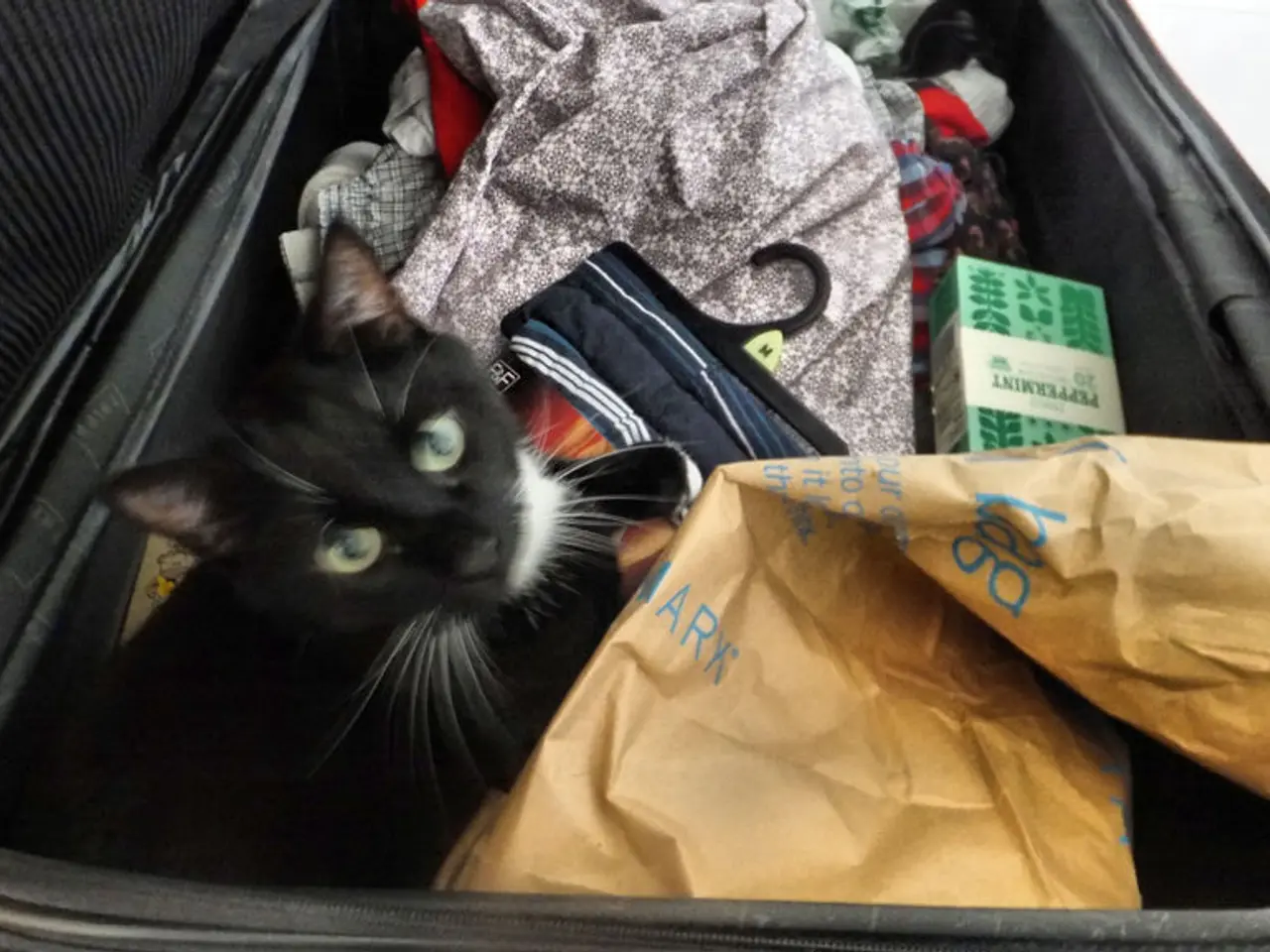escalating prices on Ikea goods, vehicles, and prescription medication: understanding the impact of the EU trade agreement on your budget
The recently announced trade deal between the United States and the European Union has brought about changes in tariff rates for various products. Here's a breakdown of the key points:
Under the deal, a 15% tariff rate has been imposed on most European imports, replacing the previously threatened 30% tariffs. However, certain categories of products have been exempted from this tariff, providing relief to these strategic sectors.
Aircraft parts and equipment related to the semiconductor industry are among the tariff-exempt products, helping these key sectors avoid the additional costs that most other goods face under the agreement. Some agricultural goods and chemicals have also been included in the exemptions, although the full list of products exempted is not yet fully disclosed and may be expanded in future discussions.
The deal also averts the 30% tariffs for certain products, including aircraft parts, semiconductor equipment, some chemical and agricultural goods, national resources, and critical minerals. These products will not face the 15% tariff rate imposed on most other EU imports.
The impact of these tariffs on consumers is varied. Manufacturers may shift production to the United States quickly, potentially causing temporary price hikes for out-of-pocket consumers. European furniture brands, including Ikea, will be subject to the 15% baseline tariff, which could lead to increased prices for furniture.
Europe is a major source of pharmaceuticals, cars, and other consumer goods for the United States. About 60% of prescription drugs in the United States are imported from Europe. Some prescription medications may see price increases for out-of-pocket consumers due to the trade deal, but the extent of these increases is unclear. Higher repair costs for European cars could trigger a spike in car insurance premiums, making it potentially beneficial for European car owners to get repairs or a tune-up sooner rather than later.
Luxury brands like Prada, Burberry, Louis Vuitton, Chanel, and others will be subject to tariffs, but their high profit margins may allow them to absorb some of the costs, potentially keeping price increases to a minimum. The future of European foods, wines, perfumes, and cosmetics remains uncertain, and they may become more expensive due to tariffs.
Travelers to Europe can bring up to $800 worth of goods home duty-free. It's unclear which specific generic drugs will be exempt from the tariffs, adding to the uncertainty for consumers.
In conclusion, the tariff exemptions under this trade deal mainly cover aircraft parts, semiconductor equipment, certain chemical and agricultural products, and critical minerals and national resources, providing relief to these strategic sectors amid the broader 15% tariffs imposed on most other EU exports to the U.S. The impact on consumers is varied, with potential price increases for some goods and uncertainty for others.
- The ongoing trade deal between the United States and the European Union has implications for personal-finance, as some products may see increased costs for consumers.
- While aircraft parts, semiconductor equipment, and specific chemicals are exempted from the tariffs, other categories like European furniture and prescription medications could become more expensive.
- Wealth-management strategies may be crucial for consumers to prepare for potential price hikes on goods from Europe, such as furniture or prescription drugs.
- Even with tariffs on luxury brands like Prada and Louis Vuitton, the high profit margins might deter significant price increases, making them a somewhat attractive option in the realm of sports fashion for those concerned about their personal-finance situation.




